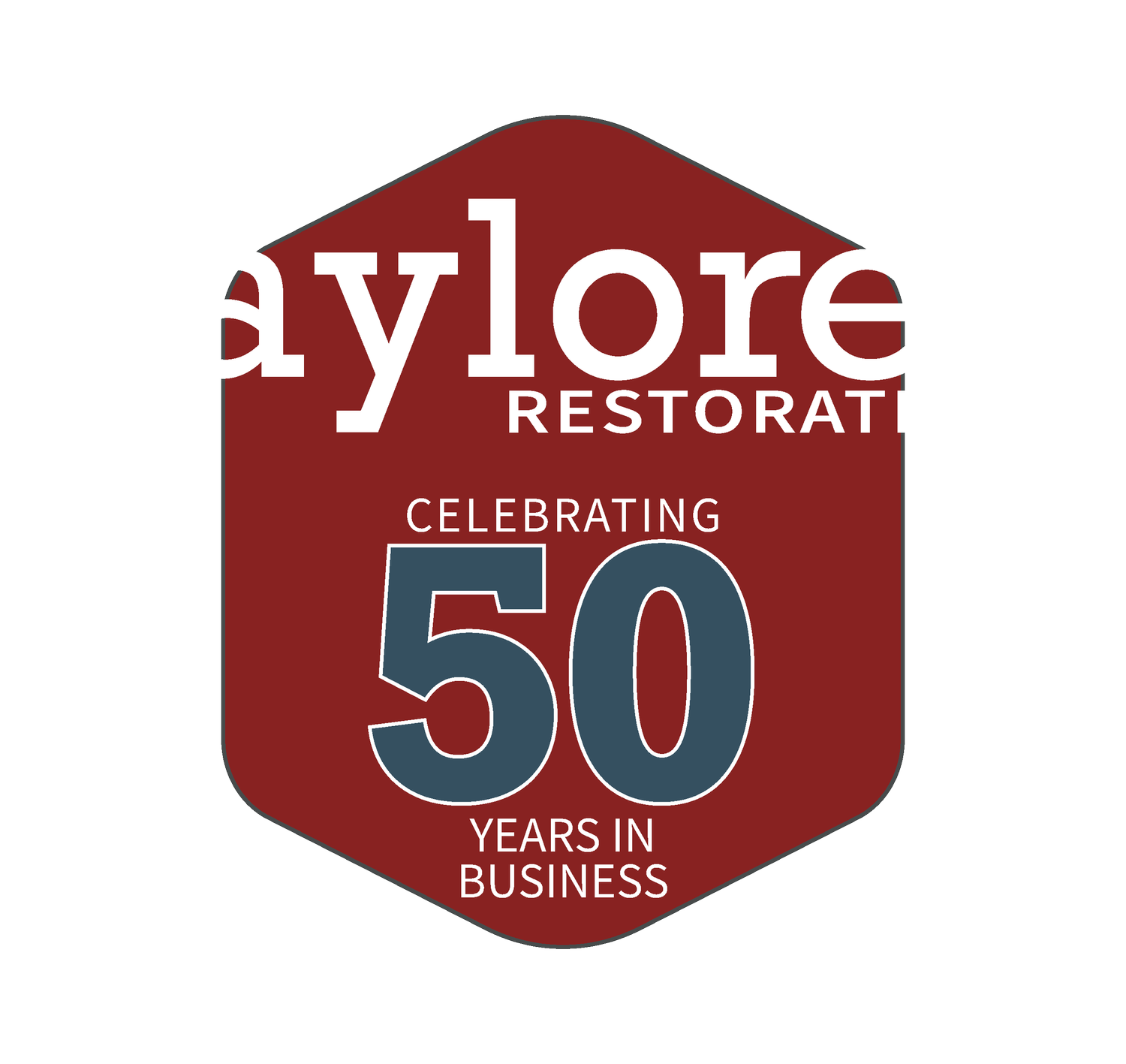How to Remove Ice Dams
Winter weather can be beautiful here in Alaska, but it comes with its own set of challenges. One common problem that homeowners face this time of the year is ice dams. Ice dams are thick pieces of ice that can build up on the eaves of your home. They can be very destructive and cause your gutters to tear off, your roof shingles to loosen, and they can cause water to enter your home resulting in flood damage. The best way to avoid damage from ice dams is to take preventative measures before the winter season to prevent them from settling on your eaves. If you’ve forgotten this winter preparation step, there are a few things you can do to temporarily stop the effects of ice dams from your home.
Ice dams are formed when snow on the roof melts due to heat escaping from inside the home. The melted snow makes its way to the eaves of the house where the water freezes due to lack of heat. Over time, this frozen runoff causes an ice dam that continues to trap water. The trapped water sits and can get underneath roof shingles and into the home.
If you have time before the snow hits, run a heated cable along the roof’s edge in a zig-zag pattern to prevent ice from forming. This will equalize the temperature of the roof and allow snow to melt and run off properly.
If you already have ice dams on your roof, there are a few short-term solutions to the problem. While many people try and remove the dams with an ax or shovel, this can be very dangerous to the roof shingles, the structure of your roof, and yourself. The best thing you can do is take steps to eliminate the cause of the dams by equalizing the roof temperature or by creating a way for melted snow to properly drain from the roof.
To equalize the roof temperature and prevent snow from melting, add a fan to your attic to cool the snow on the roof. The cooler roof will stop snow from melting and prevent it from adding to the dam.
Removing snow on your roof will prevent ice dams from getting worse. This is best done standing on the ground with a long-armed snow rake. Once the snow is removed, there will be nothing left to melt into the dam.
Create a path for melted snow to escape by deicing a section of the dam. Fill the leg of a woman’s pantyhose with a deicing material, and lay it perpendicular to the roofline so it’s partially on the roof and partially hanging over the gutters. Eventually, this will melt a portion of the ice dam and will create a way for melted snow to exit the roof.
Permanent measures can be taken to prevent ice dams from forming in the long run. Ensure your attic is properly insulated to stop heat from escaping through the roof. This can be achieved by adding more insulation to your attic floor and by sealing any possible places that air could escape - including around your chimney and ducts.
If you’ve experienced damage or flooding to your home due to an ice dam, give us a call to schedule a repair consultation.

